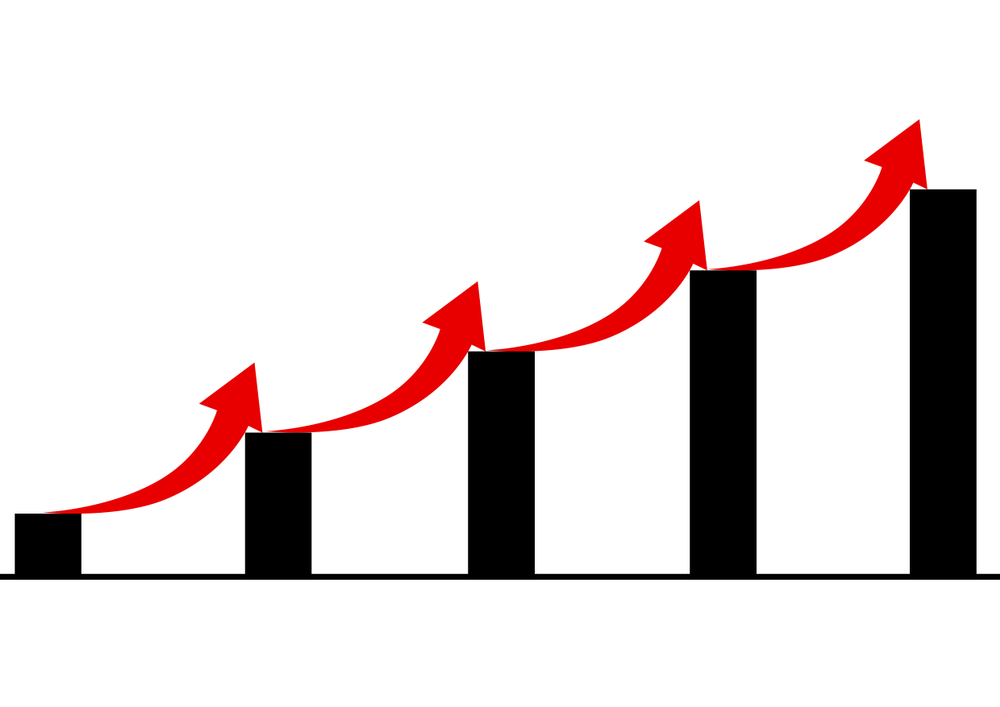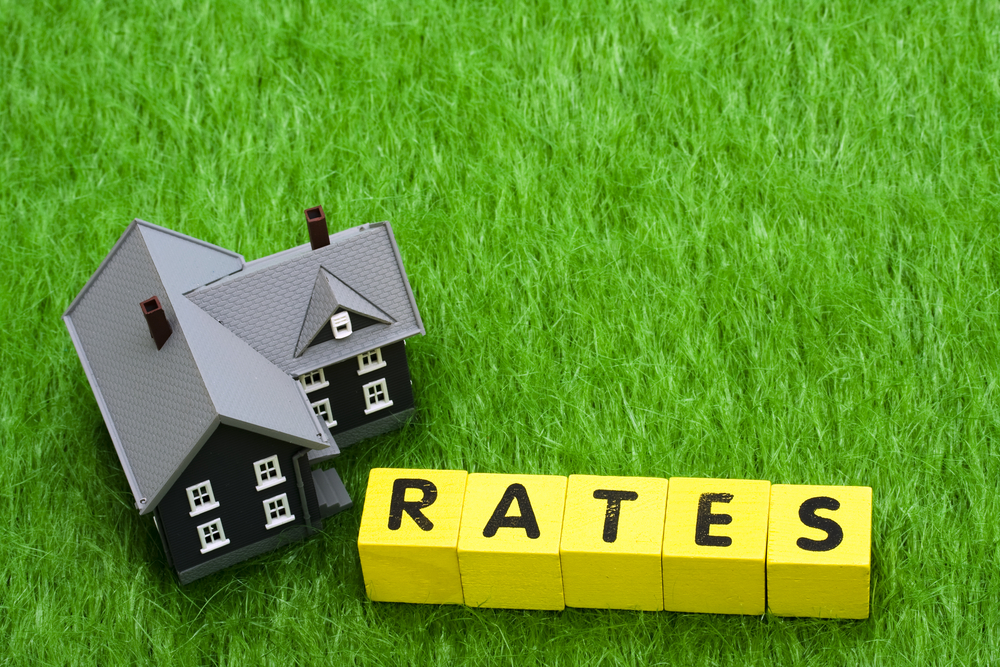
The report says this indicated a strong appetite for new business until June this year when deal flow started to dry up.
The report comprises data from 79 lending organisations including 37 banks and building societies, 11 insurers and 31 other lenders.
Data found that outstanding loans amounted to £178bn, a 2% increase in the first six months of the year, which was on par with year-end in 2020.
Overall market shares have been stable with alternative lenders including insurance companies contributing 38% of total lending. Over the last 10 to 12 years, the market share of international banks has declined from 34% to 28%.
Meanwhile, origination was on par with the first half of last year, reaching £23.7bn.
The largest lenders accounted for 40% of loan origination and hold 40% of total loans, compared to smaller lenders, which represented 14%.
However, smaller lenders have been active in renewing 21% of their loan book with new loans originating in 2022.
Development lending made up 22% of new origination in the first six months of the year, showing a new increase in commercial development finance, which post-pandemic, includes speculative development finance for the first time.
Debt funds have taken on larger-scale asset transitioning projects, and with that, they have supplied 72% of commercial development finance.
Margins for prime office loans compressed by five basis points (bps) across six months, which showed the high market competition during the first half of the year.
However, for other property types, margins for 60% loan-to-value (LTV) increased by between five and 10 basis points.
Small to mid-size lenders concentrated 89% of their lending in residential development finance, with other lenders supplying 25% of new residential development loans and UK banks supplying 58%.
The report suggests that generally, smaller lenders have been less likely to refinance existing borrowers and hence, have the lowest client retention rate, generating most of their business from new acquisition lending.
Underperforming and defaulted loans remained stable for now, with an average default rate of 3%.
Bayes Business School senior research fellow and lead author Nicole Lux says: “Interest payments and property income were approaching a 1:1 ratio by June 2022, and with the five-year Sonia swap reaching 5.2% by the end of September 2022, property income will not be sufficient to refinance some properties at these rates, leaving a potential funding gap.”
“Our analysis shows that property net income yields need to increase to over 6% across different property types, or property values need to adjust downwards by between 25% and 35% to reach a new market balance,” Lux adds.



